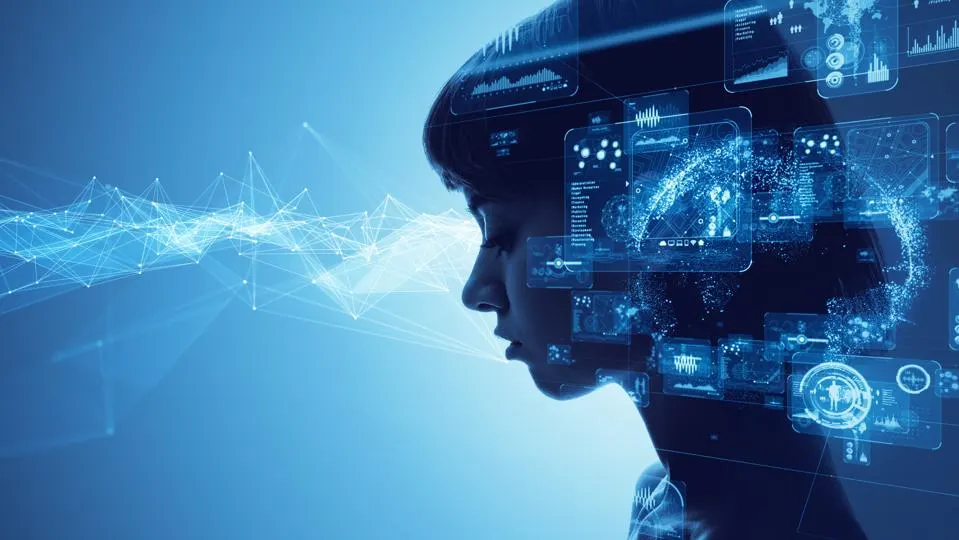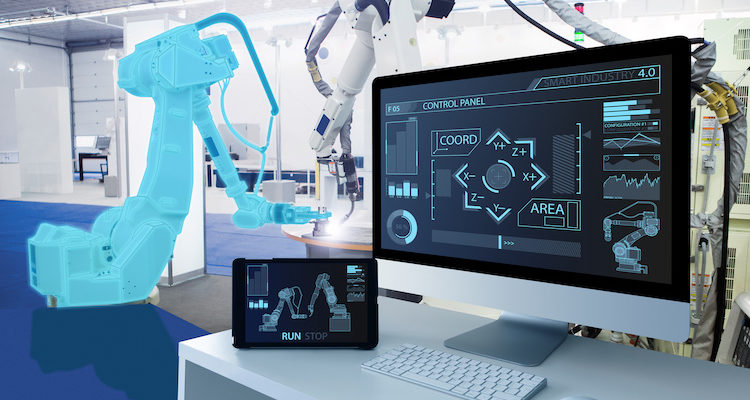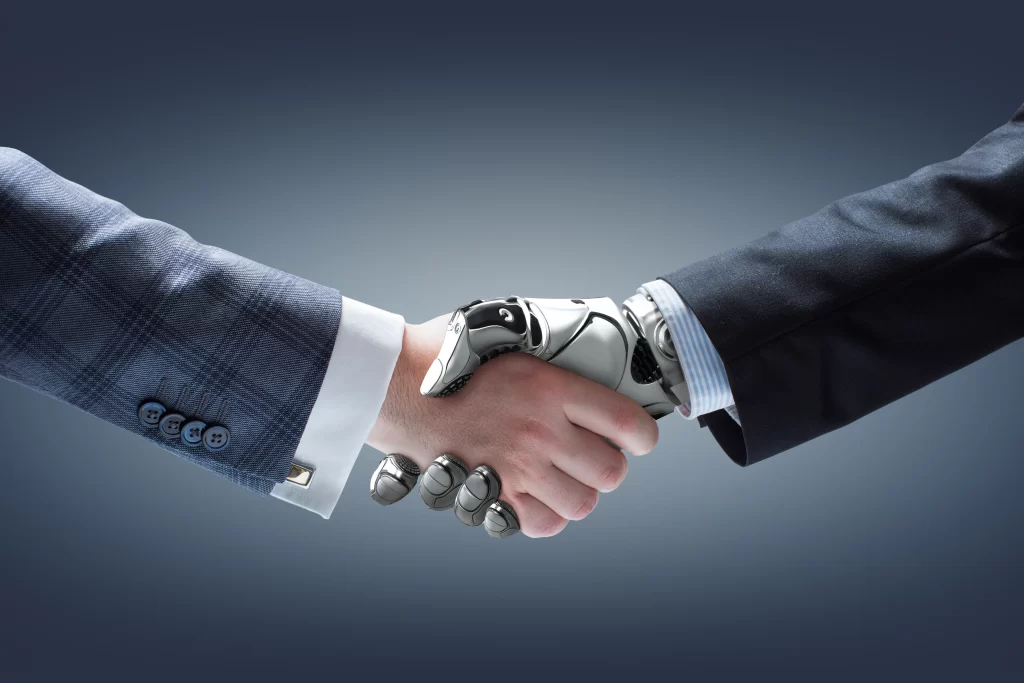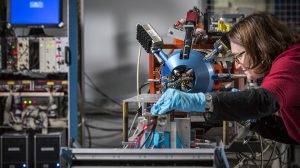Artificial intelligence (AI) has a revolutionary impact on the constantly shifting modern work environment. It is predicted that by 2025, it will replace over 85 million jobs while it will also generate 97 million additional jobs, highlighting its dual impact on employment. This goes beyond mere technological advancements; rather, it presents how the interaction between humans and AI is redefining the nature of work. In this article, we will discuss how human-AI collaboration is reshaping the workforce, boosting productivity, and setting the foundation for the next phase of innovation and efficiency.
The Rise of Human-AI Collaboration
It is crucial to trace the historical evolution of AI to understand the significance of human-AI collaboration. Artificial Intelligence has gone a long way from its theoretical beginnings to its current participation in multiple industries. Technological advancements, improved algorithms, and the widespread availability of data fuels the increasing use of AI. The potential for human-machine cooperation increases significantly with the development of AI.
Benefits of Human-Machine Collaboration
Individuals can witness the positive impact of human-AI collaboration, such as increased efficiency and productivity. Human workers can focus on complex and meaningful tasks by assigning routine jobs to AI. It enhances decision-making by analyzing vast amounts of data and identifying trends and insights that humans may overlook. It helps boost human creativity in brainstorming and problem-solving, leading to increased innovation and creativity through collaboration.

Challenges and Considerations
The integration of AI into the workplace comes with challenges. Many workers are worried about losing their jobs, leading to efforts that enhance their skills. Businesses and educational institutions should work together to address these concerns. This partnership ensures that workers have the skills needed for the evolving job market. Furthermore, ethical issues, transparency, and bias elimination in AI applications are crucial components of responsible AI deployment.
Strategies for Successful Collaboration
It is essential to nurture a supportive culture to overcome human-AI interaction difficulties. Humans and AI systems must interact in an ecosystem with open communication. Employees need the right tools and training to use AI effectively. To promote smooth collaboration between humans and machines, improvements in AI infrastructure, including hardware, software, and data, are indispensable.

Applications of Human-AI Interaction
The relationship between humans and AI has a significant impact on various businesses. It is used in healthcare to help doctors with diagnosis and therapy planning. Automation powered by AI improves industrial procedures, streamlining the supply chain and cutting expenses. AI-powered personalized learning systems in education meet the unique demands of each student, improving the quality of education as a whole. AI systems examine market patterns in the financial sector to help with investment decision-making. These applications highlight the noticeable advantages of merging humans and AI, such as increased productivity, accuracy, and creativity.
The Future of Human-AI Collaboration
The future of human-AI collaboration holds advanced potential. Technologies driven by AI, such as virtual and augmented reality, blend the real and digital worlds, offering the capacity to transform numerous sectors completely. In this scenario, the workforce needs to be trained to take advantage of the advances in this technology as it continues to transform numerous industries. Individuals and organizations can shape a collaborative future by embracing the transformative power of AI-driven technologies, creating new opportunities. This will help us adapt to technological changes while opening doors to innovation.
Transformative Impact of Human-AI Collaboration
Human-AI interaction represents an evolution in the workplace, offering transformative possibilities for increased productivity, improved decision-making, and enhanced innovation. It is essential to ensure that AI benefits everyone, and adopting a human-centered approach is key to achieving this goal. We can shape a future where AI and humans coexist by addressing obstacles, implementing cooperative techniques, and drawing inspiration from real-world situations.

Disclaimer: Any opinions expressed in this article do not necessarily reflect the opinions of Gibbous. This content is meant for informational purposes only.








